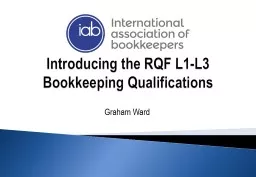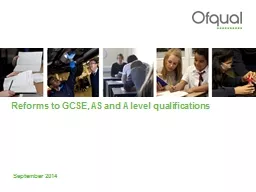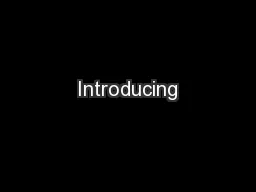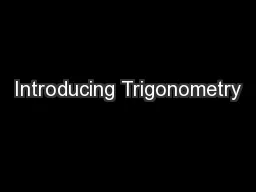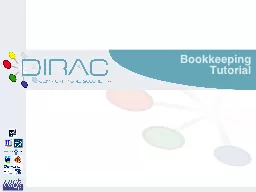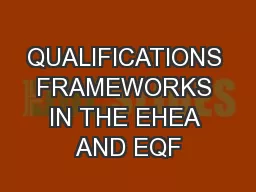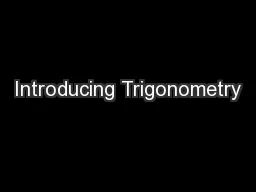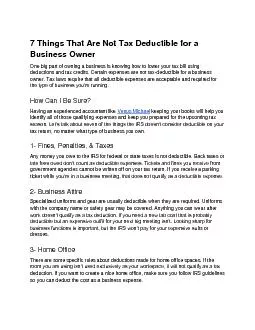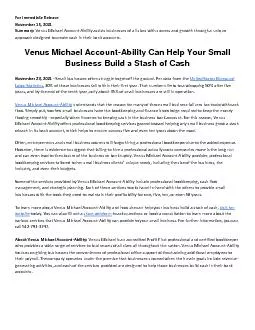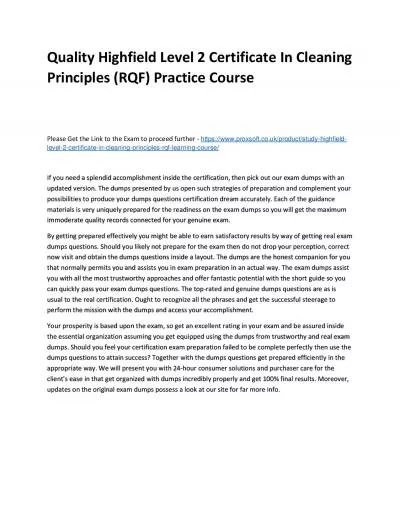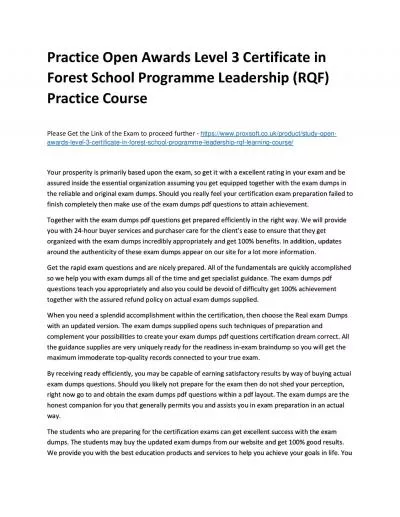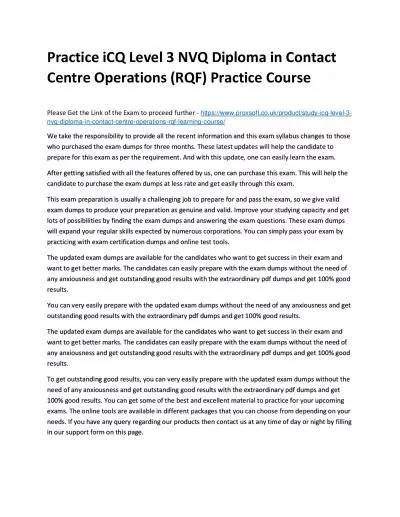PPT-Introducing the RQF L1-L3 Bookkeeping Qualifications
Author : yoshiko-marsland | Published Date : 2019-11-26
Introducing the RQF L1L3 Bookkeeping Qualifications Graham Ward Knowledge Tests Open book non controlled conditions but time constrained Learners must attempt all
Presentation Embed Code
Download Presentation
Download Presentation The PPT/PDF document "Introducing the RQF L1-L3 Bookkeeping Qu..." is the property of its rightful owner. Permission is granted to download and print the materials on this website for personal, non-commercial use only, and to display it on your personal computer provided you do not modify the materials and that you retain all copyright notices contained in the materials. By downloading content from our website, you accept the terms of this agreement.
Introducing the RQF L1-L3 Bookkeeping Qualifications: Transcript
Download Rules Of Document
"Introducing the RQF L1-L3 Bookkeeping Qualifications"The content belongs to its owner. You may download and print it for personal use, without modification, and keep all copyright notices. By downloading, you agree to these terms.
Related Documents

